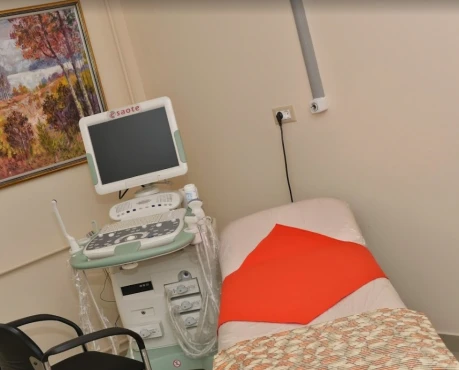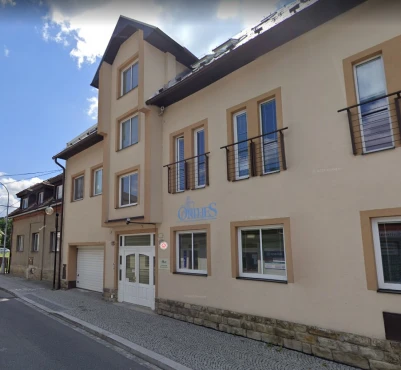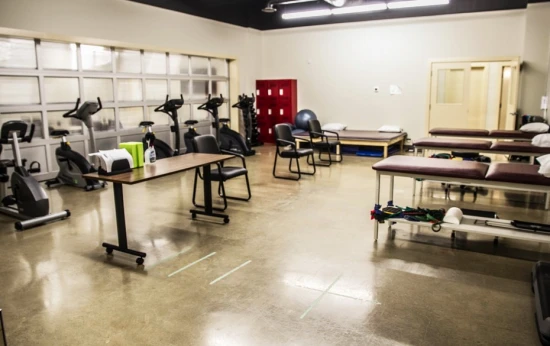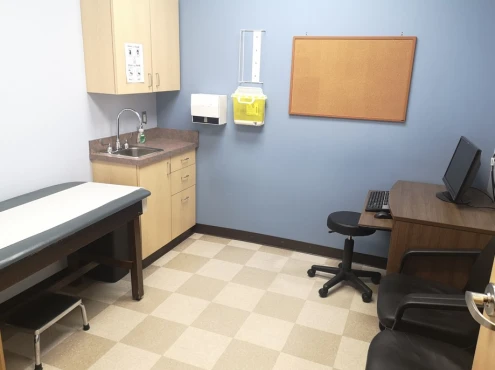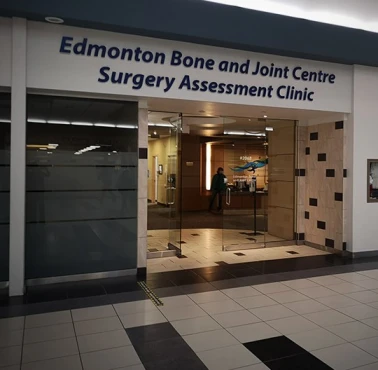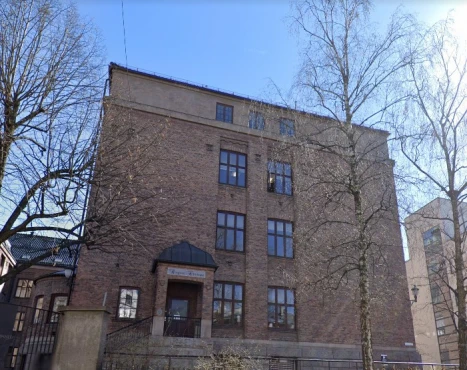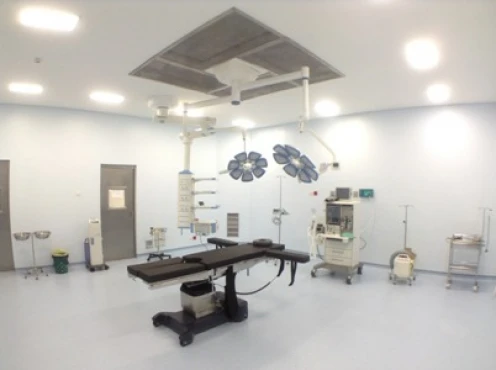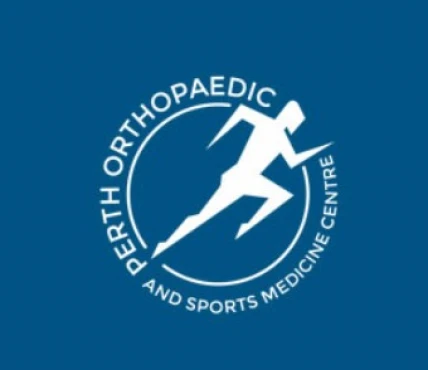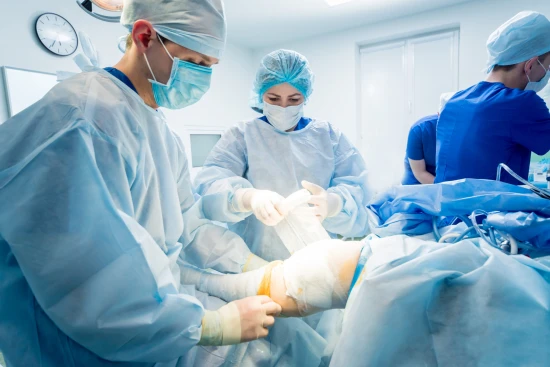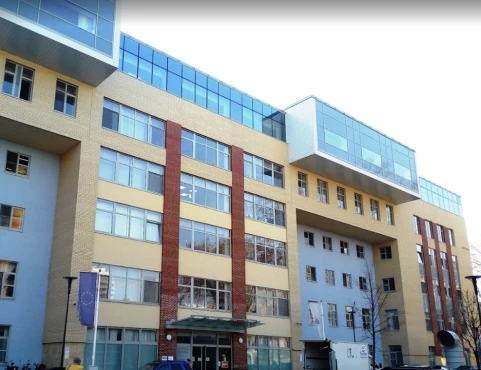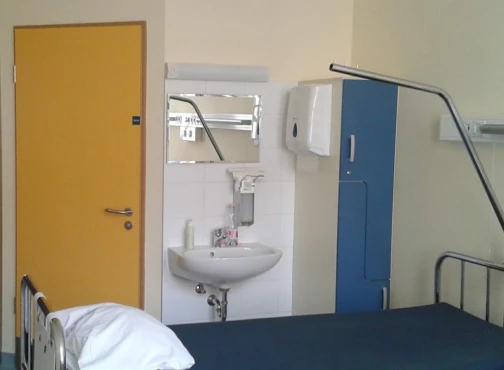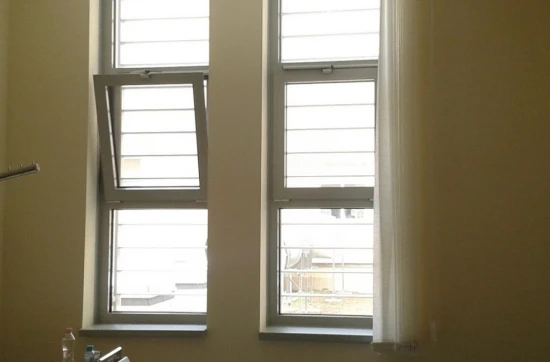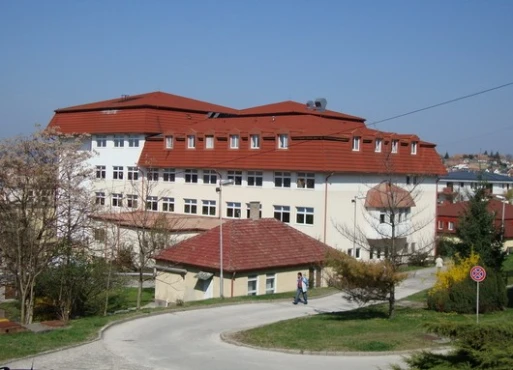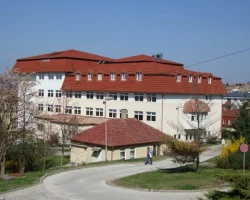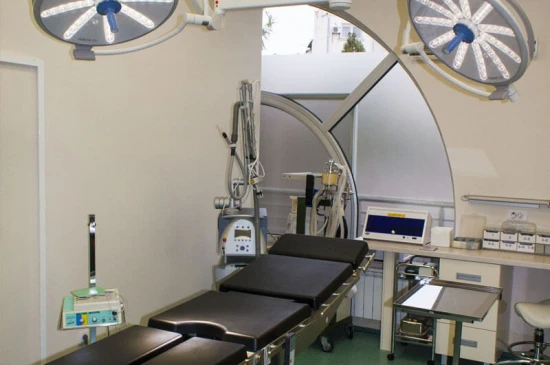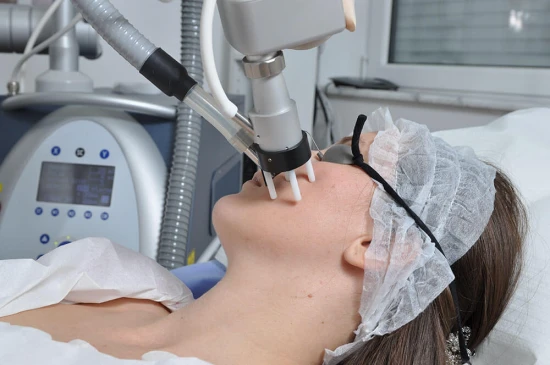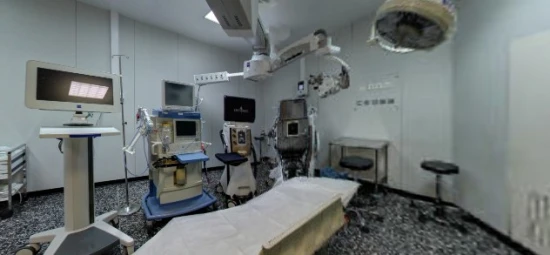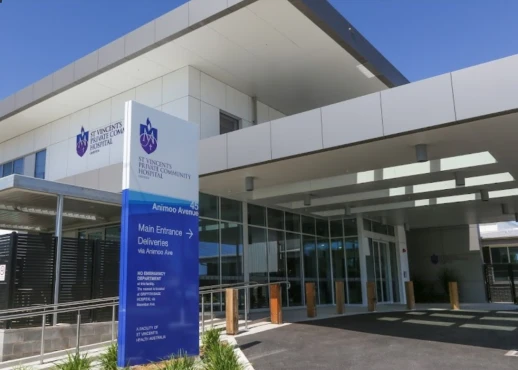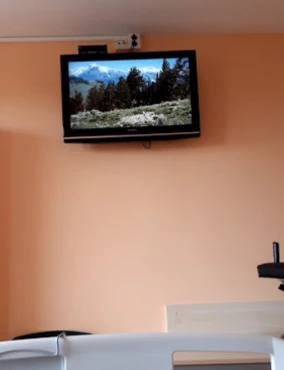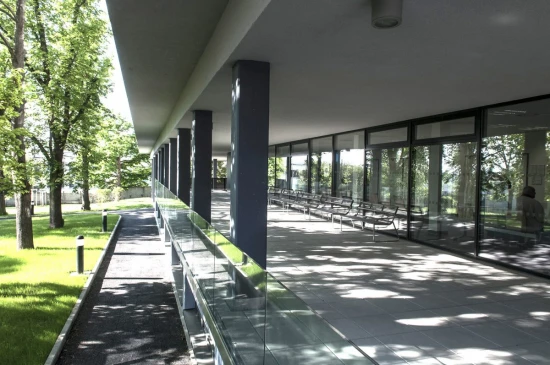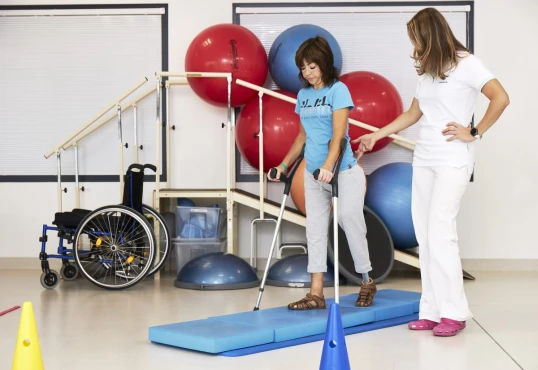Definition
Foot osteoarthritis is a pathology characterized by inflammatory changes in the bone and joint apparatus of the foot. In the clinical course of arthritis, stiffness, and pain in the foot during walking, hyperemia, swelling of soft tissues, and deformation of the foot are noted. Diagnosis of arthritis involves radiography, MRI, ultrasound, biochemical and immunological blood tests, joint puncture, and examination of synovial fluid. The treatment algorithm of foot arthritis consists of etiotropic and pathogenetic drug therapy, intra-articular injection of drugs, physiotherapy, joint exercises, immobilization of the foot, or selection of orthopedic devices in case of ineffectiveness – surgical intervention.
General information
Arthritis of the foot is a group of inflammatory diseases affecting the articulations of the bones in the tarsal, metatarsal, and toe areas. Among the varieties of foot arthritis, rheumatoid, post-traumatic, gout, and infectious arthritis, which can have an acute or chronic course, are more common than other forms. Affection of the joints of the foot is quite often combined with arthritis of the ankle joint and arthritis of the toes. Depending on the causes of the disease and the amount of care required, foot arthritis can be treated by specialists in clinical rheumatology or traumatology and orthopedics.
Causes
The inflammatory process in the foot joints can develop primarily (independently) or against the background of concomitant infectious, metabolic, and autoimmune diseases. The following factors play a decisive role in the etiology of foot arthritis:
- Trauma. Joint inflammation is often associated with previous traumas: bruises, sprains, dislocations, and fractures of the bones of the foot. In this case, between the trauma and the disease of the joint can pass quite a long time. In cases of an open fracture or foot wound, the inflammatory process can occur due to direct penetration of infection into the joint area. In some cases, foot arthritis develops due to chronic traumatization of the foot joints, such as from wearing uncomfortable shoes, flat feet, sports, or ballet.
- Infection. The development of infectious arthritis of the foot can be associated with viral, microbial, fungal, or parasitic infections. Often in the patient’s history can be detected preceding arthritis influenza or other acute respiratory viral infections, exacerbation of chronic tonsillitis, pneumonia, intestinal infection, and gonorrhea. Sometimes, the infection spreads through the lymphatic tract from septic foci close to the joint cavity (with boils, rusty inflammation, osteomyelitis, and infected wounds). Reactive arthritis of the foot, debuting after urogenital or intestinal infection, occurs in Reiter’s syndrome.
- Immune inflammation. Rheumatoid arthritis of the foot is a disease with a reliably unidentified etiology. However, it is known that in this case, inflammatory and destructive changes develop due to damage to the synovial membrane of the joints by immune complexes formed in the body.
- Metabolic disorders. In arthritis associated with gout, the inflammatory process is initiated by the deposition of urate crystals in the joint cavity.
Factors that provoke pathological changes in the joints of the foot include advanced age, overweight, heavy loads, general and local hypothermia, smoking, immunodeficiency states, diabetes mellitus, and so on.
Symptoms of foot arthritis
Arthritis of different localization and etiology has a number of common clinical signs: pain, changes in the appearance of the joint, and impaired function. At the same time, each form of the disease has its own specific features. Pain in the joints of the foot is usually constant, intensifies during walking or prolonged standing, and subsides to some extent after rest.
Gout arthritis causes an attack-like type of pain. Soft tissues over the affected joints of the foot are edematous, and the skin is hyperemic and hot to the touch. Disturbance of function is expressed in limited foot mobility and reduced volume and amplitude of movements. Loss of habitual foot mobility can be caused by intense pain sensations and the growth of osteophytes (secondary arthrosis of the foot). Movement in the foot joints is often accompanied by a characteristic crunching or clicking sound.
Specific symptoms of foot arthritis include morning stiffness, multiple joint involvement, and characteristic deformities of the toes and foot. Stiffness of movement in the foot is noted mainly in the morning after a long night rest. Pain sensations add to the limitation of mobility, making the gait limp; sometimes, patients cannot step on the foot at all for some time.
Arthritis of the foot (except for the post-traumatic form) usually manifests as polyarthritis, an inflammatory lesion of the joints of different groups.
Diagnosis
Usually, the patient is forced to consult a specialist (rheumatologist or orthopedist) because of intense pain that makes walking difficult. As part of the study of the physical status, the distal lower extremity is examined; the position, shape of the foot, the nature of passive and active movements, palpation, local temperature, gait analysis, etc., are assessed. To make a diagnosis, the following are used:
- Imaging methods. Radiography of the foot, ultrasound of the joints, magnetic resonance, and computed tomography play decisive roles in the diagnosis of arthritis.
- Laboratory studies. To clarify the etiology of foot arthritis, immunologic and biochemical blood tests are performed to evaluate C-RP, rheumatoid factor, uric acid, and blood sugar levels.
- Invasive diagnostics. Diagnostic puncture of small joints of the foot allows you to obtain and conduct a study of synovial fluid.
Arthritis of the foot should be distinguished from periarticular pathology – plantar fasciitis, carpal bursitis, Morton’s disease, etc.
Treatment for foot arthritis
In all cases, limiting the load on the foot and excluding its chronic traumatization is necessary. In the acute period of the disease, immobilization of the foot with a plaster cast and movement with crutches may be indicated. Patients with gout most often require a diet for foot arthritis. Foot osteoarthritis makes increased demands on the choice of shoes: they should be free, low-heeled, and with a hard sole. As a rule, it is recommended that the patient constantly use supinators and other orthopedic devices.
Treatment of arthritis of the foot consists of pathogenetic and symptomatic drug therapy, a set of recovery and rehabilitation measures, if necessary – surgical tactics:
- Pharmacological therapy. For various forms of foot arthritis, oral, parenteral, and topical forms of NSAIDs with anti-inflammatory and analgesic effects are indicated. If the infectious nature of foot arthritis is established, antibiotics are prescribed. In many cases, local intra-articular administration of corticosteroids is required.
- Surgical treatment. If arthritis leads to pronounced structural changes in the foot, endoprosthesis of metatarsophalangeal joints or arthroplasty is performed. If a persistent deformity develops, resection of the hammer toes of the foot may be required.
Prognosis and prevention
In the case of foot arthritis, the prognosis depends mainly on controlling the course of the underlying disease and the completeness of treatment measures. With competent therapy and fulfillment of the doctor’s recommendations, it is possible to restore the former quality of life. Otherwise, irreversible changes in the joints and severe deformities of the foot can lead to disability and the inability to move independently. To prevent foot arthritis, one should take care of comfortable shoes, protect the feet from injuries and excessive loads, maintain an optimal weight, and eliminate concomitant diseases.


